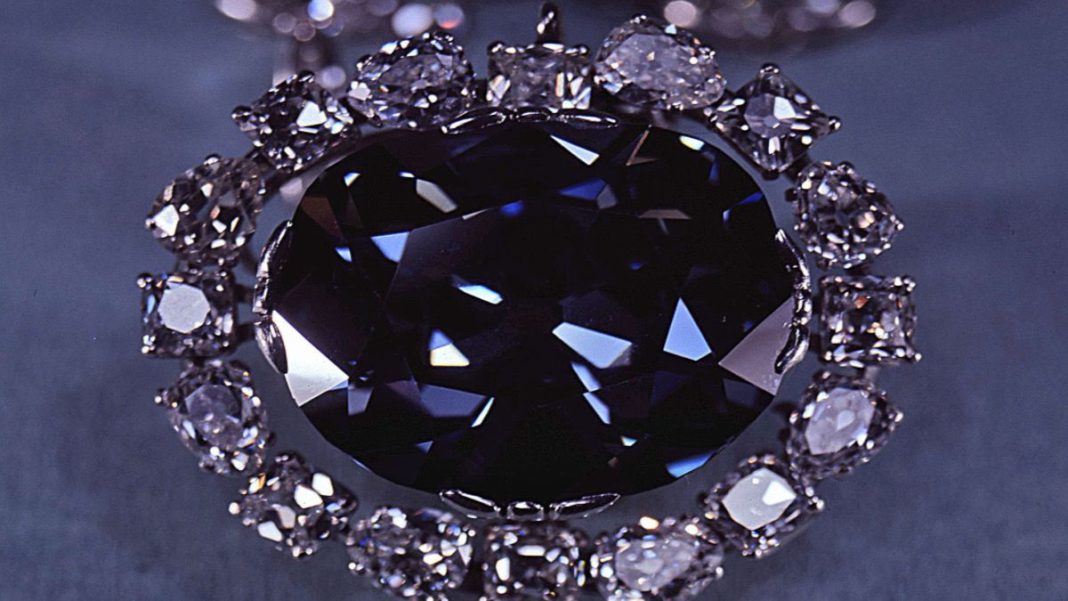INDIA: The Hope Diamond, a priceless gem shrouded in legend and lore, has captivated the imagination of countless individuals for centuries. Renowned for its stunning beauty and alleged curse, this blue diamond has a history veiled in mystery, tragedy, and fascination.
Unveiling the legend
The origins of the diamond can be traced back to India, where it was initially discovered within the Golconda mines, renowned for yielding some of the world’s most prized diamonds. Centuries ago, the tale speaks of Tavernier, a man who journeyed to India and committed an act of theft by taking a large, blue diamond from the forehead or eye of a statue of the Hindu goddess Sita.
Legend recounts that as punishment for this transgression, Tavernier faced a gruesome fate, torn apart by wild dogs during a trip to Russia after selling the diamond. This marked the beginning of the curse’s ominous legend, with many more tragic deaths purportedly linked to its malevolent influence.
Historical ownership
The diamond’s known history begins in the 17th century when it entered the possession of French gem merchant Jean-Baptiste Tavernier, who acquired a collection of precious stones during his travels to India. Tavernier sold the gem to King Louis XIV of France, where it was recut and renamed the “French Blue.”
Over time, the stone changed hands among European royalty until it vanished during the French Revolution. It reappeared in the early 19th century in London, having been recut and renamed as the “Hope Diamond” after Henry Thomas Hope, an English banker.
Tales of misfortune
The allure of the Hope Diamond grew, intertwined with accounts of tragedies befalling its owners. Wealthy socialite Evalyn Walsh McLean and her husband purchased the diamond in the early 20th century. Despite her fondness for the gem, McLean faced personal tragedies, including the death of her son, husband, and financial struggles.
The gem’s subsequent owner, Harry Winston, who donated it to the Smithsonian Institution in 1958, dismissed the curse as a mere superstition. Yet, the intrigue persisted, fueled by stories of ill fate and untimely demises linked to its possessors.
Scientific dissection of the curse
Skeptics argue that the curse surrounding the Hope Diamond is purely coincidental, attributing misfortunes to the risky lives led by individuals in positions of wealth and power, rather than any supernatural influence.
Scientists and gemologists have examined the diamond, revealing fascinating details about its unique composition and origin. The blue hue is attributed to trace amounts of boron within the carbon structure, giving the diamond its mesmerizing color.
Today, the Hope Diamond is housed in the Smithsonian National Museum of Natural History in Washington, D.C. It continues to captivate visitors with its dazzling beauty while carrying the weight of its legendary curse.
In essence, the curse surrounding the Hope Diamond remains a captivating legend, entwined with tales of misfortune and tragedy. Whether it holds any truth or is simply a product of superstition, the allure of this magnificent gem endures, captivating the imagination of those who encounter its mystique.



